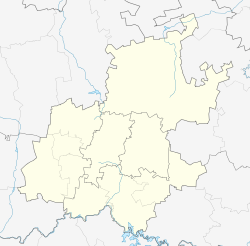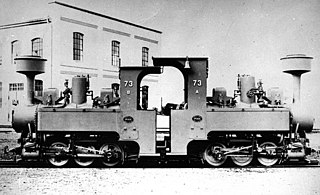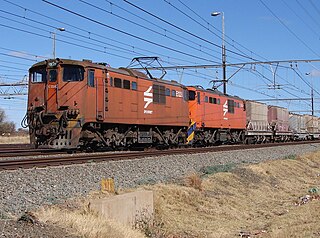Kaalfontein | |
|---|---|
| Coordinates: 26°2′7″S28°15′16″E / 26.03528°S 28.25444°E Coordinates: 26°2′7″S28°15′16″E / 26.03528°S 28.25444°E | |
| Country | South Africa |
| Province | Gauteng |
| Municipality | City of Johannesburg |
| Area | |
| • Total | 4.96 km2 (1.92 sq mi) |
| Population (2011) [1] | |
| • Total | 46,147 |
| • Density | 9,300/km2 (24,000/sq mi) |
| Racial makeup (2011) | |
| • Black African | 97.6% |
| • Coloured | 0.7% |
| • Indian/Asian | 0.1% |
| • White | 0.1% |
| • Other | 1.5% |
| First languages (2011) | |
| • Northern Sotho | 30.5% |
| • Zulu | 21.2% |
| • Tsonga | 10.4% |
| • Xhosa | 8.2% |
| • Other | 29.6% |
| Time zone | UTC+2 (SAST) |
| Postal code (street) | 1632 |
| PO box | 2498 |
Kaalfontein is a township east of Midrand, South Africa. It is located in Region A of the City of Johannesburg Metropolitan Municipality. It is usually treated as one suburb with Ebony Park.







